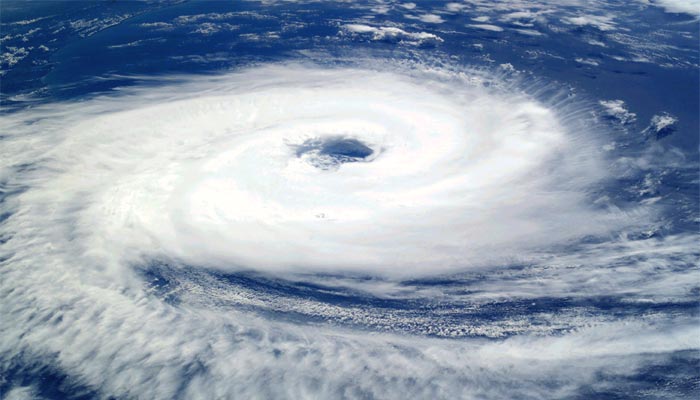
Environment
Environmental changes threat cyclone risk to Gulf
Tampa in Florida and Cairns in Australia, two places where cyclones already happen, would be increasingly vulnerable to extreme storms this century, according to the report, based on thousands of computer models.
The shallow and warm waters of the Arabian Gulf, where cyclones have never been recorded, might generate the storms in future as a side-effect of global warming, according to the study in the journal Nature Climate Change.
"You can't always rely on history" to predict the future, lead author Ning Lin of Princeton University told Reuters of the findings she reached with Kerry Emanuel of the Massachusetts Institute of Technology.
For the Arabian Gulf the probability of cyclones "is very low but ... if you build a nuclear power plant you have to consider these things", she said.
For Dubai, for instance, a storm surge of 1.9 metres in height could be expected once every 1,000 years based on recent climate warming, and one of four metres once every 10,000 years, the scientists estimated.
They dubbed such extreme tropical cyclones "grey swans", saying they could not be predicted from history alone. - Reuters
The metaphor is inspired by "black swans", judged impossible by Europeans until they were found in Australia.
Some past studies have also pointed to risks of abrupt changes in the climate system linked to global warming, including that the Arctic Ocean could be ice-free in summer or that monsoon rains could veer off track.
Jean-Pascal van Ypersele, a vice chair of the UN's Intergovernmental Panel on Climate Change, said the build-up of greenhouse gases from human activities means more energy accumulates in the climate system.
"Bad climate surprises may happen," he told Reuters at UN talks in Bonn on a deal to slow climate change.
Monday's study said the closest cyclone to the Arabian Gulf was in 2007, when Cyclone Gonu in the Arabian Sea struck Oman and Iran, killing 78 people and causing $4.4 billion in damage.
The study said that extreme hurricanes now likely to hit Tampa only once every 1,000 years, causing a storm surge of 4.6 metres, would occur every 60 to 450 years by the late 21st century. Cairns would also be vulnerable to worsening storms. - Reuters
📢
Advertisement Space
750x200 pixels
Click to book this space
Comments (0)
Please log in to post a comment
Login to CommentNo comments yet. Be the first to share your thoughts!